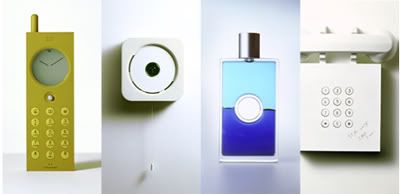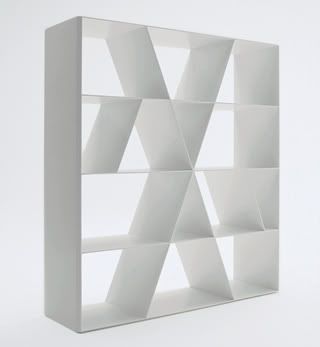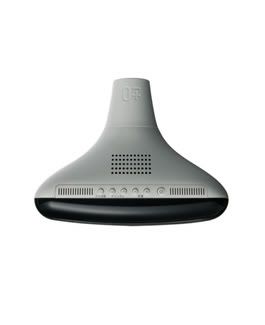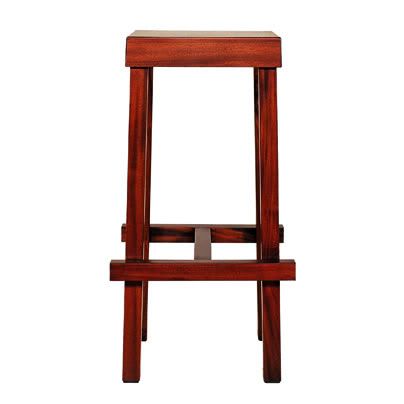
Naoto Fukasawa is a really really amazing designer. He has a sense of humility and skill in designing his products that is astounding. In the world of 3d Cad and easily-modifiable curvilinear surfaces so commonplace in consumer products it is refreshing to find someone so honest, so skilled with such an economical use of visual and design cues. I like Fukasawa because of his attitude as a designer. He says that really good designs show the absence of the designer's ego, an attitude very rarely found in contemporary western design (i.e. Rashid and his ilk) 
Here is another direct quote:
“My approach to design is located somewhere between the subjective and the objective. In plus-minus terms it might appear to be all about adding and subtracting, but that isn't what it's about. I locate myself at zero, the ideal median point. You don't notice when it's not necessary to do so, but if you look closer, you can see that it's been well thought out. What I do therefore is to give the design some depth so that people who appreciate such things are able to do so. People who aren't concerned about such matters can just get on and use the products and become absorbed in this action. In order to maintain both these elements, it's essential that neither is too obtrusive and that an ideal balance is maintained. Depending on the situation and the context, the design may seem to make the product very easy to use. On other occasions, the design blends into the environment without stressing its identity, playing a role behind the scenes as it were. This is what I mean when I talk about “plus-minus zero.”

I suppose my approach has something in common with the affordance approach and in that respect differs from previous types of design in which the emphasis is placed on the identity and impact of the object itself or on deliberately avant-garde forms of expression. It's all about discovering the essence of new design as it lurks within everyday life as represented by the idea of uncovering things there to be found. What I try to do is to discover the essence of new design latent in the everyday environment.”

Fukasawa also has a visual aesthetic that is minimal and almost anti-technical and really ANTI-CAD looking that is very attractive. He has a sensibility for "the simple" and for products that find its value with its relation to its environment. His works ofter spur a sense of desire for the mundane and for the ordinary.

“I think about what is “iconic” for a sofa or a watch. I am not thinking to expose myself, I am thinking more about the common view of products. If I make something iconic then people say, ‘Oh, I know this one!’ – but I ask them, ‘Why do you know, because you haven’t seen it before!’ It means I am interested to describe how people already share something. Does that make sense?”

"Fukasawa’s search for the “iconic” product, the product that communicates its function and identity so efficiently that people recognise it automatically, means that his work cannot be overtly radical. “If I wanted to design a completely new nice telephone I can’t remove the image of the ugly old telephone because people’s image of the telephone is of the ugly old one,” he says. “I gently show new things and mix them together.”
“People say I’m a good creator of ideas, but I’m more a good shape-maker. Really, you need a good form-making designer who can make good ideas. But I’m on the other side. Give me an ugly object and I can make it better like magic.”
Ideo's Profile of Naoto Fukasawa
